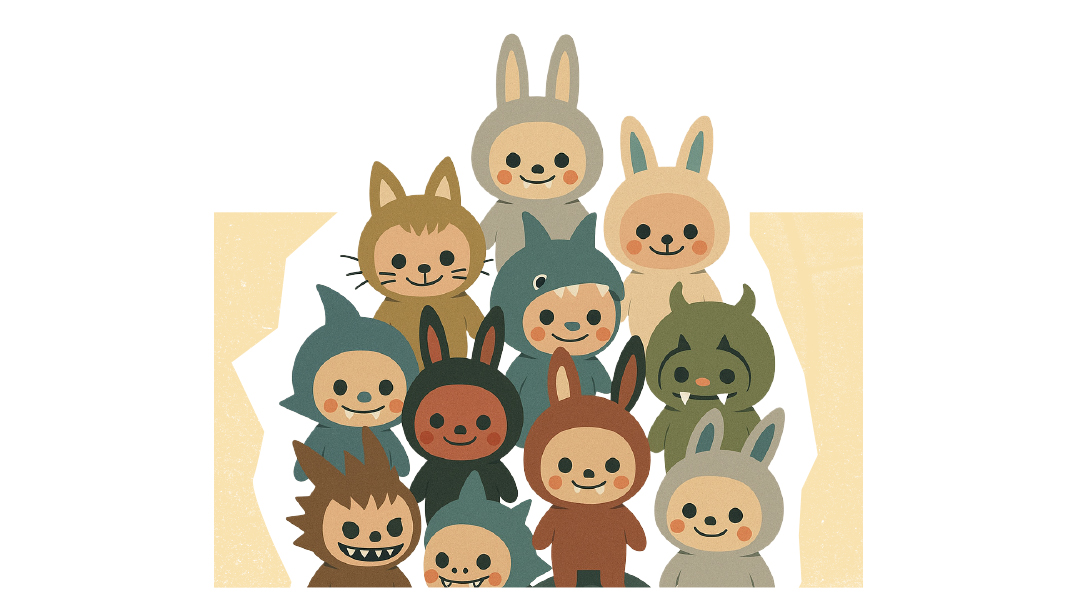Building a Better Brain


Make your home an emotionally safe place to be real
Our brain is constantly changing. Everything we do, see, say, or otherwise experience, impacts on our neural network. This network receives our input, processes it, and then uses it to determine our output.
For example, after Lea reads a terrifying news report, the concept of horrific danger is added to the brain circuits that store information about danger. Because of Lea’s physical habits (she follows the news intently) and her brain habits (she ruminates about things going wrong and disasters occuring), her “danger circuit” is already quite large. The additional report will further strengthen an already very active circuit. It will communicate with the brain centers that regulate physiological processes. Chemicals produced by feelings of fear and hypervigilance will circulate through her bloodstream, disturbing her sleep and peace of mind. Lea carries in her heart a perpetual sense of threat — all because of what she chooses to focus her attention on during the day.
Building Better Circuits
Interpersonal interactions also feed and alter our brains. When we look for the good in a spouse or child, think about it, talk about it, and otherwise focus on it, our own brain builds bigger circuits for “good.” We become better at seeing what’s right and amazing in those we love. If we start to look for and focus on good points in an annoying relative, we will soon be able to enjoy that person.
At first, finding the good will be challenging for the person who’s always focused on the weak points of others. However, practice improves performance. Soon, even such a person will have wired a new positive network to the point where seeing the good becomes second nature — not an inborn nature, but one created through ongoing effort.
And you won’t only see the good. The new circuit will also pump out the chemistry that accompanies such a focus. You’ll feel the good feelings that come with pleasure, contentment, and pride.
Creating a Growthful Environment
No, “growthful” isn’t an actual word — but it’s the perfect word to describe a healthy family environment. A “growthful” environment allows each person in the family to become the best, most optimized version of themselves. It’s the opposite of a stunting environment — one in which people become limited versions of themselves. Such an environment forces them to hide their true feelings for fear of punishment, causing them to withdraw or limit themselves.
A growthful environment nurtures honesty, intimacy, understanding, and acceptance. We love to be in such environments but have trouble finding them. The good news is that we can help create them in our own homes.
Stay Safe
The main ingredient of a growthful environment is not love, as you might first assume, but emotional safety. There are plenty of homes in which people love each other but don’t provide emotional safety. For example, parents who love their child might scream at him for dawdling in the morning. The same parents might be sarcastic when the child complains that he has too much work. These loving parents may sharply criticize their child for expressing anger.
Screaming, using sarcasm, and being critical when feelings are expressed are all strategies that eliminate emotional safety. When used on a regular basis, they often cause a child to become deceptive, guarded, and emotionally dishonest — even when there’s no shortage of love between the family members.
Spouses, too, can eliminate safety by insulting each other, discounting, ridiculing, and deceiving each other — and by employing any other kind of hurtful words or actions designed to cause pain. Fights destroy emotional safety bit by bit, until each spouse retreats into the shelter of his or her own constrained emotional space. Whatever love is left after the fight can be very hard to feel and receive.
Fortunately, establishing emotional safety is within the reach of every person. Parents can communicate respectfully to their kids, and spouses can communicate respectfully to each other — and by doing so, create emotional safety. Adults know how to do this — they must simply decide that it’s important to do at home with the people they care for. Respectful communicators listen more than they talk, use a quiet tone of voice, and choose kind words. They allow each family member to be open and authentic, to seek and to receive the support he or she needs for growth and personal expression. They make it safe to be real.
(Originally featured in Family First, Issue 588)
Oops! We could not locate your form.



